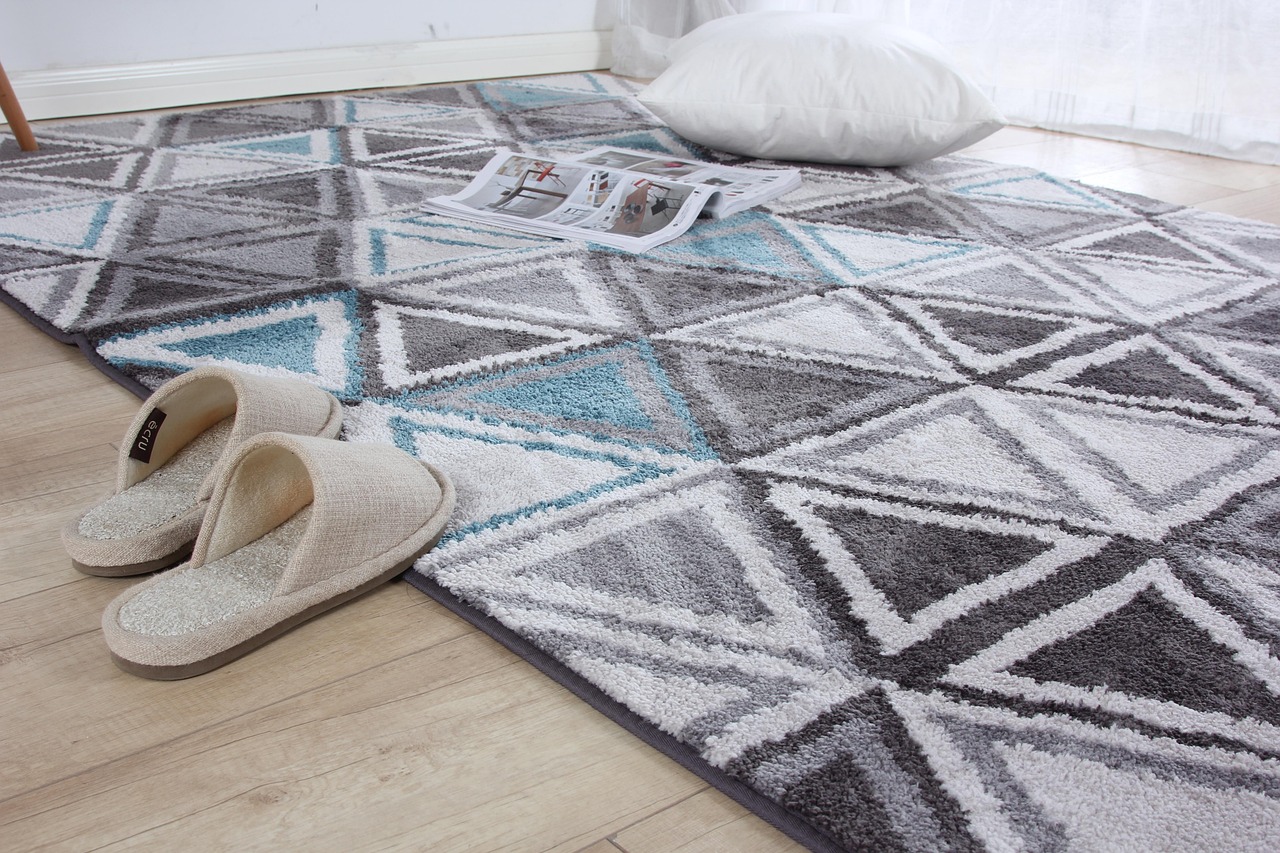If you’ve ever come across the word “Wollmatten” and paused, you’re not alone. Rooted in the German language, wollmatten translates literally to “wool mats.” But beyond the translation lies a versatile, eco-friendly, and highly functional material that’s gaining popularity across industries.
From home insulation to noise reduction, from sustainable gardening to arts and crafts, wollmatten are proving to be more than just a niche product. In this article, we’ll explore what makes wollmatten so special, how they’re made, and why they might just be the perfect addition to your next DIY or eco-conscious project.
What Are Wollmatten?
Wollmatten are mats made primarily from natural sheep’s wool. Sometimes they are blended with other fibers for added durability, but the primary component is always wool. These mats are produced in various thicknesses and densities, depending on their intended use.
Wool is a naturally renewable and biodegradable material, making wollmatten an excellent choice for those interested in sustainable living.
Common Applications of Wollmatten
1. Thermal Insulation
One of the most popular uses of wollmatten is in thermal insulation. Thanks to the unique structure of wool fibers, which trap air and regulate moisture, wollmatten provide excellent insulation in homes and buildings.
- Used in walls, roofs, and floors
- Helps maintain indoor temperature
- Reduces heating and cooling costs
- Acts as a natural humidity regulator
Unlike synthetic insulators, wool is non-toxic and does not release harmful fumes over time.
2. Soundproofing
Because of their dense structure, wollmatten are also ideal for soundproofing applications.
- Used in recording studios, offices, and shared housing
- Absorbs noise and reduces echo
- Eco-friendly alternative to foam panels
They are especially popular in natural building and eco-renovation projects.
3. Gardening and Landscaping
Wollmatten are being used more and more in gardening and agriculture, especially among permaculture enthusiasts and organic growers.
- Acts as a weed barrier while allowing water penetration
- Retains soil moisture and improves soil structure
- Gradually decomposes, adding nutrients to the soil
- Protects young plants from frost
These biodegradable mats are a sustainable alternative to plastic mulch.
4. DIY Projects and Crafts
Crafters and DIY enthusiasts are discovering the versatility of wollmatten in creative projects.
- Ideal for felting, cushioning, and padding
- Used in eco-friendly packaging
- Great for pet bedding or nesting material for small animals
Their natural texture and feel add a rustic, earthy aesthetic to handmade items.
Benefits of Using Wollmatten
Environmentally Friendly
Wool is a natural, renewable resource. It’s biodegradable, recyclable, and has a significantly lower carbon footprint compared to synthetic materials. By choosing wollmatten, you’re making a sustainable choice that supports eco-friendly living.
Fire-Resistant
Wool has a natural resistance to flame. It burns only at high temperatures and self-extinguishes when the flame source is removed, making wollmatten a safer insulation option.
Naturally Pest-Repellent
Lanolin, the natural oil found in wool, acts as a deterrent to pests like moths and rodents. Many wollmatten products are also treated with natural additives (like borax) to enhance this effect.
Moisture-Regulating
Unlike plastic or synthetic mats, wool can absorb up to 30% of its weight in moisture without feeling wet. This makes wollmatten perfect for regulating humidity in both homes and gardens.
Thermal Performance
Wollmatten keep interiors warmer in winter and cooler in summer. The air pockets within the wool fibers provide effective insulation, reducing the need for artificial heating or cooling.
How Are Wollmatten Made?
The production of wollmatten typically involves the following steps:
- Wool Collection – Raw wool is sheared from sheep, primarily from sustainable farms.
- Cleaning and Sorting – Wool is washed to remove dirt, lanolin, and debris.
- Carding – The clean wool is brushed into a uniform layer.
- Needle Felting or Bonding – The fibers are pressed and sometimes needle-felted into mats. Some products use biodegradable adhesives for added strength.
- Cutting and Finishing – The mats are cut into various sizes depending on application.
Some manufacturers also incorporate recycled wool to increase sustainability.
Choosing the Right Wollmatten for Your Needs
When selecting wollmatten, consider the following:
- Thickness & Density – Thicker mats provide better insulation or soundproofing.
- Purpose – Some mats are better suited for gardening, others for construction or craft.
- Treatment – Look for natural treatments like borax for added pest resistance.
- Sustainability Labels – Choose products certified for environmental responsibility (e.g., GOTS or Natureplus).
Where to Buy Wollmatten
Wollmatten are available through:
- Eco-construction suppliers
- Organic gardening stores
- Specialty insulation retailers
- Online marketplaces such as Amazon or local sustainable living websites
If you’re in a German-speaking country, you’ll find them more commonly in hardware stores under labels like Schafwolle Dämmmatte or Naturdämmung aus Wolle.
Final Thoughts
Whether you’re insulating a home, protecting your garden, or embarking on a creative project, wollmatten offer a natural, sustainable, and effective solution. Their multifunctionality, combined with their environmental benefits, make them a smart choice for modern, conscious consumers.
As we face global environmental challenges, materials like wollmatten remind us that traditional, natural resources still have a valuable role to play in innovative, green living.
Frequently Asked Questions (FAQs)
❓ Are wollmatten expensive?
While wollmatten may cost more upfront than synthetic alternatives, their durability, performance, and eco-benefits often make them a better long-term investment.
❓ Can I use wollmatten outdoors?
Yes. In gardening, wollmatten are often used as mulch or frost protection. However, they will naturally degrade over time when exposed to the elements.
❓ Do wollmatten smell?
Natural wool may have a mild, earthy scent when new, but it usually fades quickly. Products are cleaned and treated to minimize odor.




